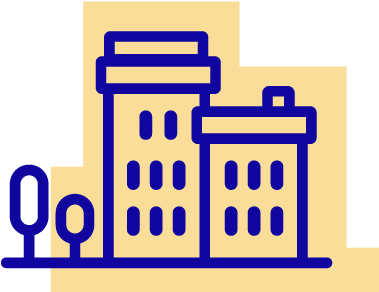Report
State of the Nation's Housing 2020
2020 Report
|

|

|
|

|

|
|

|

|
|

|

|
Downloads
State of the Nation's Housing 2020 - Full Report
(pdf 2.61 MB)
State of the Nation's Housing 2020 - Executive Summary
(pdf 201.9 KB)
State of the Nation's Housing 2020 - State of Housing Demand chapter
(pdf 386.72 KB)
State of the Nation's Housing 2020 - State of Housing Supply chapter
(pdf 451.09 KB)
State of the Nation's Housing 2020 - State of Housing Supply-Demand Balance chapter
(pdf 394.31 KB)
State of the Nation's Housing 2020 - State of Housing Affordability chapter
(pdf 902.48 KB)
State of the Nation's Housing 2020 - Conclusion
(pdf 99.7 KB)
State of the Nation's Housing 2020 - Appendix
(pdf 567.34 KB)
State of the Nation's Housing 2020 - Chart Pack
(pdf 3.51 MB)